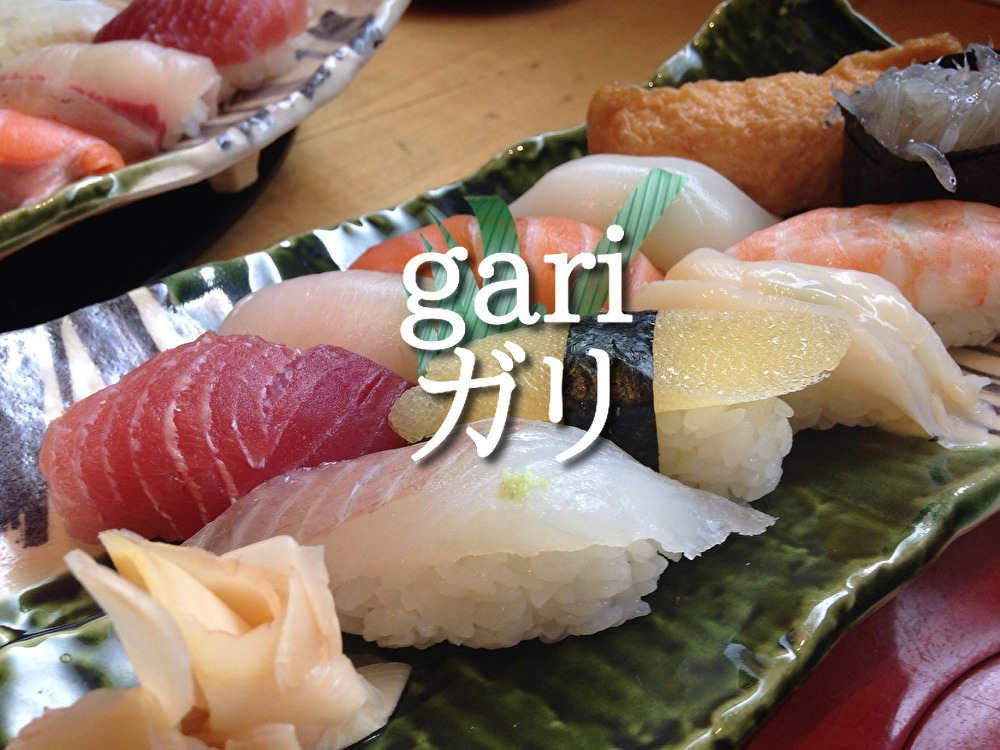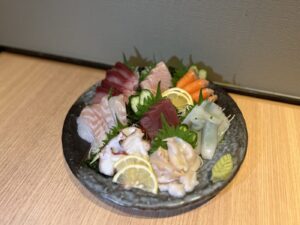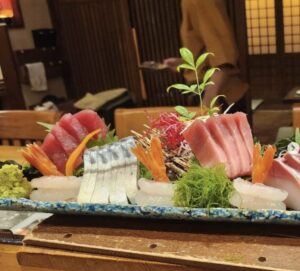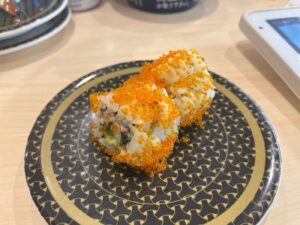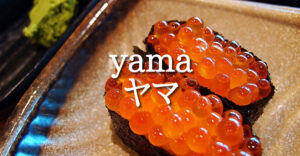What is gari, which is essential for sushi?
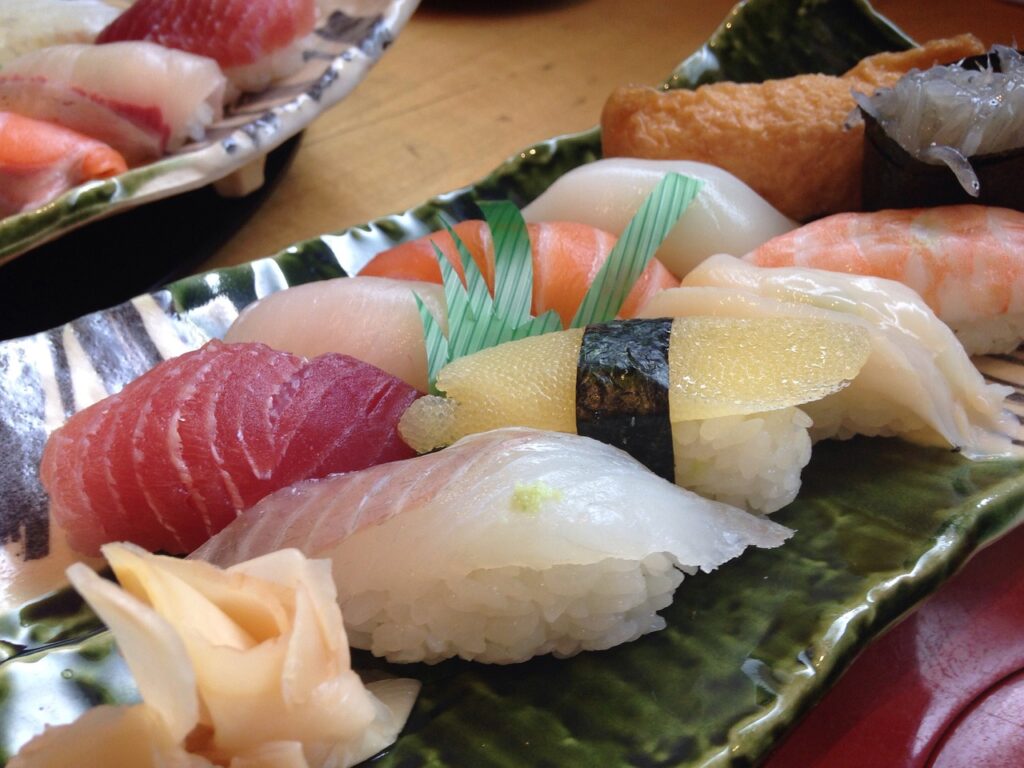
Gari is almost always available at sushi restaurants. This time I will explain Gari in detail.
Gari is ginger pickled in sweet and sour vinegar.
Gari is a slang term used only at sushi restaurants that refers to thinly sliced ginger pickled in sweet vinegar. It is said that the name comes from the “grilling” sound it makes when you bite into it.
By using fresh ginger, you can get delicious gari without sacrificing its soft texture and the various ingredients contained in ginger. Especially around June and July, when fresh ginger is available, you can enjoy freshly made and flavorful gari.
The name gari was originally an industry term and was used by restaurants, like murasaki (soy sauce), agari (tea), shari (sushi rice), oiso (ticket), etc., but in modern times it is widely used. is known.
Why are there gari in sushi restaurants?
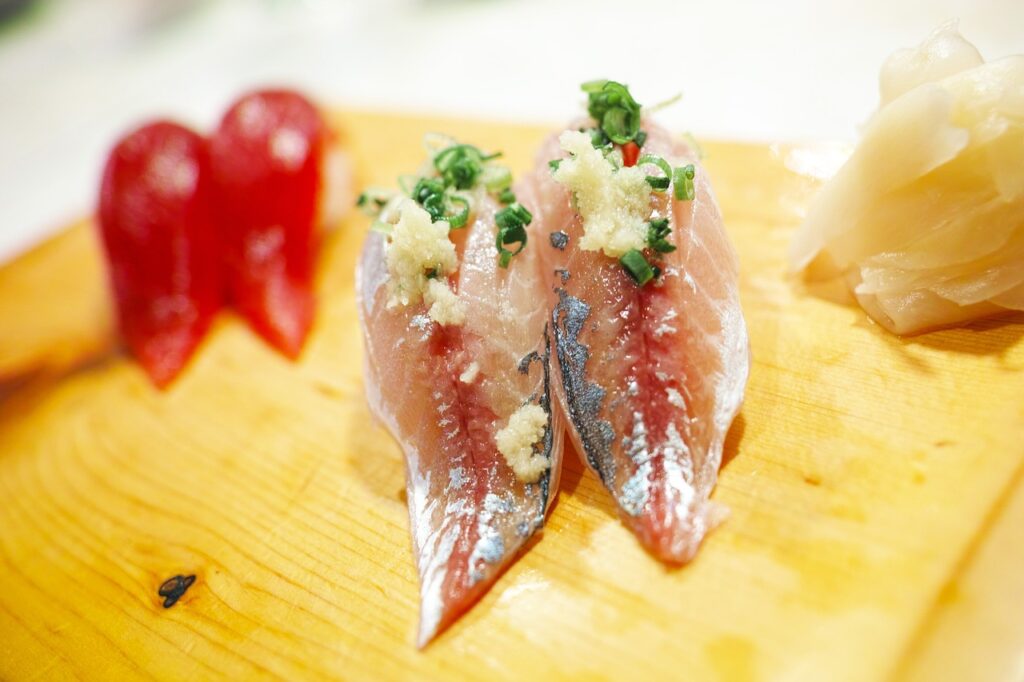
There are two main reasons why gari is placed in sushi restaurants.
- The first one is as a palate cleanser. Ginger has the effect of eliminating the smell of fish, and vinegar has a refreshing effect, making it perfect for palate cleansing. Gari will wash away the fish odor and fat, so you can reset the taste of the previous sushi and eat the next sushi with a new feeling.
- The second is bactericidal action. The ingredients gingerol and zingerone contained in ginger have a strong bactericidal effect, and vinegar also has a bactericidal effect. It also protects against bacteria, which is essential for sushi that uses raw fish. Gingerol also has a diaphoretic effect, making it difficult to cool down your body even when you eat cold raw fish.
Surprising ways to use gari
During the Edo period, sushi was a fast-food meal eaten by the masses at sushi stalls, so there was a custom of eating it with one’s hands. When eating sushi with your hands, you would wet your fingers with gari to prevent the sushi from sticking to your fingers, and use it as a towel. Nowadays, there are fewer people who eat this way, but it is the wisdom of the times.
One of the etiquettes of sushi is to put soy sauce on the sushi toppings rather than on the sushi (sushi rice), but this requires turning the sushi upside down, and if you don’t apply it properly, the sushi may fall apart. Therefore, by using gari dipped in soy sauce as a brush and applying it to the sushi toppings, you will not only prevent the sushi from falling apart but also prevent too much soy sauce from being applied. This technique can be used not only for nigiri, but also for gunkanmaki and hosomaki.

